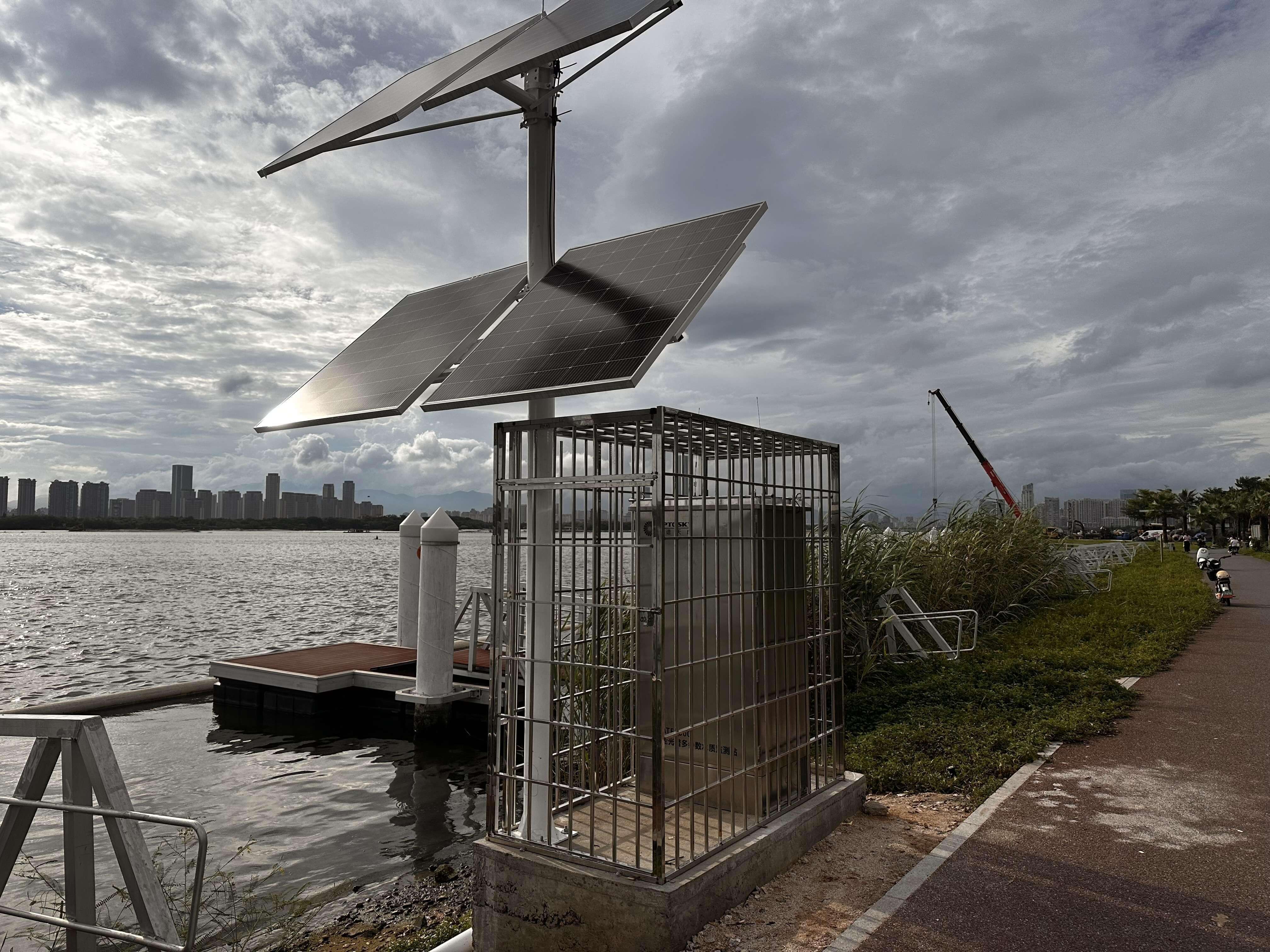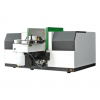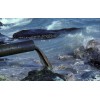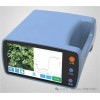Your shopping cart is empty!
ATE2300 Multi-Parameter Water Quality Monitoring Station Solution
The ATE2300 Multi-Parameter Water Quality Monitoring Station offers a comprehensive solution for monitoring and analyzing water quality across various parameters. Designed for both environmental and industrial applications, this advanced system provides real-time data on key metrics such as pH, dissolved oxygen, turbidity, and temperature. Its robust design ensures reliability and accuracy, making it ideal for use in diverse conditions. With its user-friendly interface and remote monitoring capabilities, the ATE2300 enables efficient water management and compliance with regulatory standards.
Full-Spectrum Multi-Parameter Water Quality Monitoring Station
Water is a crucial element for maintaining ecological balance and is fundamental for the survival of all living things. As industrialization and urbanization advance at a rapid pace, concerns about water quality are growing. To address these issues, it is essential to implement effective water quality monitoring solutions and protection measures.The Full-Spectrum Multi-Parameter Water Quality Monitoring Station is an advanced tool designed to tackle these challenges. This water quality monitoring station provides comprehensive data on various water quality parameters, ensuring sustainable use of water resources. By utilizing cutting-edge technology, such as full-spectrum analysis, this solution enables accurate and real-time monitoring, helping to safeguard our environment and secure a healthy future.

Explorer of Rapid Water Quality Monitoring
Optosky has explored the spectroscopy field for many years and applied spectral sensing technology to environmental monitoring. They have developed the ATE2300 Full-Spectrum Multi-Parameter Water Quality Monitoring Station specifically for rapid water quality assessment. This advanced water quality monitoring system leverages cutting-edge full-spectrum analysis to provide real-time, multi-parameter data on water quality. The ATE2300 is designed to meet the growing demands of ecological environmental monitoring, offering a robust solution for maintaining and improving water quality in various applications and industries.
ATE2300 Full-Spectrum Multi-Parameter Water Quality Monitoring StationThe ATE2300 Full-Spectrum Multi-Parameter Water Quality Monitoring Station moves beyond traditional electrochemical and colorimetric methods by employing UV and visible spectrum principles for real-time, online water quality monitoring. This advanced system rapidly measures multiple parameters including Chemical Oxygen Demand (COD), Total Phosphorus (TP), Total Nitrogen (TN), Ammonia Nitrogen, Nitrates, Nitrites, BOD, Turbidity, Total Organic Carbon (TOC), and Total Suspended Solids (TSS). It also offers the flexibility to measure additional parameters such as pH, Conductivity, Dissolved Oxygen, and Chlorophyll.With advantages like compact size, no land acquisition needed, flexible installation, short construction time, and low cost, the ATE2300 delivers real-time monitoring across numerous parameters.As a highly integrated, pull-type water quality micro-monitoring station, the ATE2300 features a cabinet, sensor analysis unit, water sampling unit, sample retention unit, and data collection and transmission system. Customizable water quality parameters and support for data transmission via RS485, NB-IoT, 4G, and 5G ensure adaptability for diverse application scenarios.This solution represents cutting-edge technical trends in industrial water quality monitoring, ideal for industries seeking comprehensive, real-time water analysis to enhance environmental management and operational efficiency.

UV-Visible Spectroscopy
UV-Visible Spectroscopy has become one of the most commonly used methods in water quality monitoring due to its powerful capabilities, minimal sample requirements, and the absence of reagents and secondary pollution issues. This technique offers simultaneous multi-parameter detection and is highly relevant to the molecular movement within samples.The method operates by utilizing specific groups within the molecular structures of various substances that absorb UV-visible radiation, causing electronic transitions and resulting in unique, characteristic absorption spectra. By measuring the absorbance at certain characteristic wavelengths within the 200-1100 nm range, it is possible to determine the composition and concentration of the molecules in the sample. This allows for both qualitative and quantitative analysis of substances.In the context of water quality, UV-Visible spectroscopy enables the detection of specific parameters by selecting characteristic absorption peaks in certain wavelength bands. The concentration of these parameters can be accurately quantified using calibration curves. This advanced technique aligns with current technical trends in industrial water quality monitoring and environmental analysis, making it a key tool for industries focused on real-time water quality assessment and comprehensive environmental management.
Full Spectrum Water Quality Analyzer | CODcr analyzer | |
Measuring range | dynamic; broad | fixed; narrow |
Measurement principle | Lambert-Beer law | potassium dichromate method |
Repeatability | high | high |
Laboratory result consistency | medium | high |
Hazardous chemical reagents | none | Yes |
Response time | Continuous measurement, second-level response | >30min |
Measurement parameters | COD/TOC/nitrate/turbidity, etc. | COD |
Maintenance amount | Low | relatively high |
Calibration | Automatic drift compensation | Regular calibration |
Waste liquid volume | none | Yes |
Comparison of UV-VIS Absorption Method and Potassium Dichromate Method for Measuring COD
ATE2300 Introduction
Full-Spectrum Water Quality Analysis Based on UV-Visible Absorption Principles
Features:- Economical Construction Management: With its compact size, no need for land acquisition, flexible installation, short construction period, and low cost, this technology enables rapid replication and helps users build an extensive water quality monitoring network.
- Eco-Friendly and Reagent-Free: This monitoring solution operates without chemical reagents, saving on reagent procurement and waste disposal costs while eliminating the risk of secondary pollution of water bodies. This aligns with current environmental sustainability trends in the water quality monitoring industry.
- High-Throughput Real-Time Monitoring: Each unit can simultaneously monitor multiple water quality parameters (such as Total Phosphorus (TP), Total Nitrogen (TN), Ammonia Nitrogen, Nitrates, Nitrites, BOD), significantly reducing equipment investment costs and enhancing monitoring efficiency. This is a key feature of advanced water quality analysis technologies.
- Fully Unattended Operation: Featuring a specialized surge protection circuit design for reliable 24/7 operation and pump-based water sampling with customizable intervals and durations, this system supports fully automated and unattended water quality monitoring. This meets the growing demand for automated environmental monitoring solutions in the industry.
- Real-Time In-Situ Monitoring:Utilizing UV-Visible absorption spectroscopy, the ATE2300 provides accurate in-situ water quality measurements, ensuring the most authentic data. This real-time monitoring capability supports the accurate assessment of water quality and aligns with the latest technical innovations.
- Proven Technology with Decades of Expertise: Developed under the leadership of Dr. Liu, founder of AOPUT, the ATE2300 benefits from years of research and expertise. Dr. Liu also contributed to the formulation of the T/CWEC 13-2019 Technical Guidelines for Online Spectral Water Quality Monitoring Systems, ensuring the system’s reliability and adherence to industry standards.
Application:
- Drinking water source, water plant import: five conventional parameters, ammonia nitrogen, COD, blue-green algae, chlorophyll, oil in water, etc.
- Lakes and rivers: five conventional parameters, chlorophyll, blue-green algae, ammonia nitrogen
- Aquaculture: five conventional parameters, ammonia nitrogen, COD
- Industrial emissions: conventional five parameters, ammonia nitrogen, COD
Case
Online monitoring of water quality on the shore of xx Bay in Xiamen City
Search
Categories
Popular Posts
Latest Posts





















Comments: 0
No comments